Author: Melea of the Branson School
The wind tickled our noses as we scaled down the steep trail to Duxbury Reef in Bolinas, CA for a monitoring of the rocky intertidal. Thrice a year, our Sustainable Seas club, which participates in the LiMPETS program, monitors Duxbury Reef, which we have adopted as our monitoring site since 2000. Peers from the Branson School enthusiastically shared anecdotes of past monitorings, marveling at the striking stripes of Anthopleura sola, also known as sunburst anemones, colorful, alien-looking nudibranchs, or stunning magenta sunsets they had witnessed. Scarcely anyone was on their phones (a rare occurrence for teenagers), and people seemed almost giddy to be outside and immersed in the cool, salty ocean air.
our monitoring site since 2000. Peers from the Branson School enthusiastically shared anecdotes of past monitorings, marveling at the striking stripes of Anthopleura sola, also known as sunburst anemones, colorful, alien-looking nudibranchs, or stunning magenta sunsets they had witnessed. Scarcely anyone was on their phones (a rare occurrence for teenagers), and people seemed almost giddy to be outside and immersed in the cool, salty ocean air.
As we spread out among the tide pools and found our transect markers, newcomers to the club monitorings and veterans alike stopped every few paces, appreciating the abundance of turban snails or the vibrant green of sea lettuces. As the evening approached and people were more intently focused on data collection, beauty never escaped their acknowledgment. Once, a few new freshmen were so moved by the brilliant orange and coral sky that they posed for a picture. Their celebration of this majestic sunset not only demonstrated appreciation for the environment, but also broadcast their experience on social media for all their friends to marvel at as well.
Fellow Branson students seem to feel more deeply intertwined with the natural world around them after they go on a Sustainable Seas monitoring of the intertidal. Even peers  who I usually think of as less actively interested or involved in science or the environment seem to find reprieve from their busy life on clubmonitorings, clearly in awe of the ocean’s grandeur and its flourishing ecosystem almost outside their doorstep. People come to Duxbury for a multitude of reasons: to be with friends, do community service, spend time on the beach, practice accurate data collection, and simply enjoy the inspiring rocky intertidal ecosystem. Yet, each participant seems to finish the monitorings with a larger appreciation for the natural world as well as more clarity of our place in Earth’s environment. Every monitoring, my peers and I are inspired to make a greater commitment to being stewards of our planet’s ecosystems, and to help preserve natural beauty for ourselves and others to marvel at in the future.
who I usually think of as less actively interested or involved in science or the environment seem to find reprieve from their busy life on clubmonitorings, clearly in awe of the ocean’s grandeur and its flourishing ecosystem almost outside their doorstep. People come to Duxbury for a multitude of reasons: to be with friends, do community service, spend time on the beach, practice accurate data collection, and simply enjoy the inspiring rocky intertidal ecosystem. Yet, each participant seems to finish the monitorings with a larger appreciation for the natural world as well as more clarity of our place in Earth’s environment. Every monitoring, my peers and I are inspired to make a greater commitment to being stewards of our planet’s ecosystems, and to help preserve natural beauty for ourselves and others to marvel at in the future.
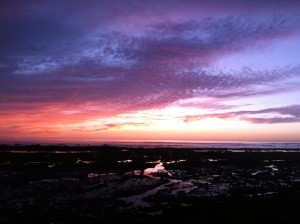










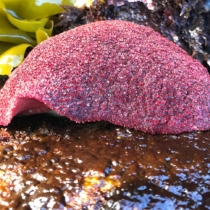






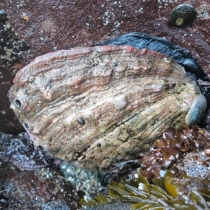









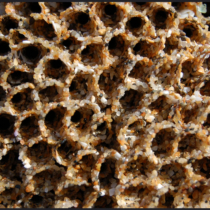




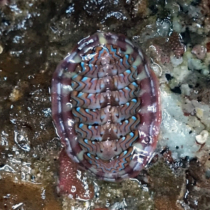
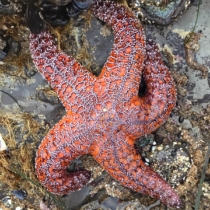
Great post and pictures!
I really like your article/blog and the photos. How lucky you are to have had this experience. I hope you stay interested in marine science. We need thoughtful smart scientists like all of you!
Hi Melea,
Wonderful post-very moving! I’m trying to organize Bolinas-Stinson middle school teachers to get involved in LIMPETS. Do you think the 6-8th graders would be interested and engaged?
Hi Cathy,
Yes! LiMPETS also offers a sandy beach monitoring program which is open to middle school students. Students collect data on the most important animal on the beach: the Pacific mole crab. It’s a great opportunity for your students to get outside and collect real scientific information. Email limpets@farallones.org to get involved!